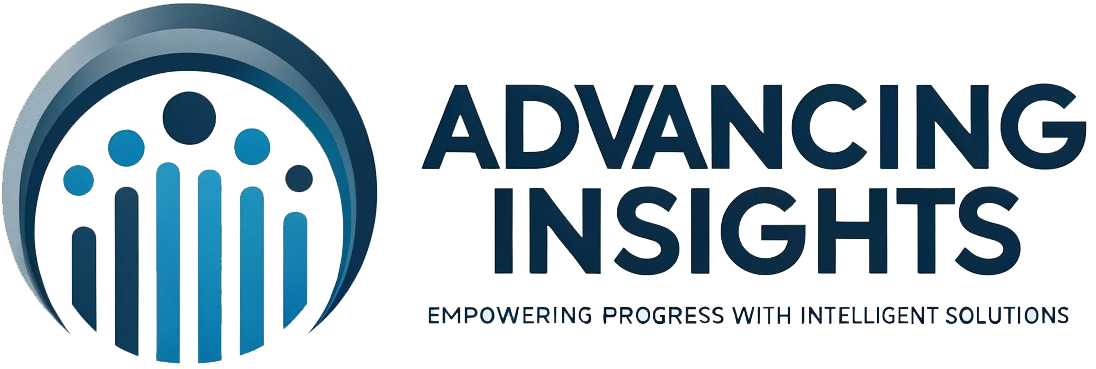The Software as a Service (SaaS) industry is booming. From cloud-based productivity tools to subscription-based software solutions, SaaS applicationss have transformed the way businesses and individuals' access and use software. If you have an idea for a SaaS product and want to bring it to life, this guide will walk you through the key steps involved in developing a successful SaaS offering.
Here is a SAAS example, The Smarter House Buyer. The application uses Chatgpt.
We can help you use AI and a variety of tools to bring your project to life. Read this... AI can be a valuable addition to a SASS development project and to the final product.
1. Ideation and Market Research
Define Your Idea
Start by clearly defining your SaaS product idea. What problem does it solve? Who is your target audience? What features will it include? Having a well-defined concept is crucial for the development process.
Market Research
Conduct thorough market research to validate your idea. Identify competitors, assess market demand, and gather feedback from potential users. This information will help you refine your concept and identify unique selling points.
2. Planning and Strategy
Create a Business Plan
Develop a comprehensive business plan that outlines your product's vision, monetization strategy, pricing model, and marketing plan. A solid business plan is essential for securing funding and guiding your development efforts.
Technical Planning
Work with your development team to create a technical plan. Decide on the technology stack, architecture, and infrastructure required to build and scale your SaaS product. Consider factors like security and data privacy from the outset.
3. Development
Build the MVP
Start by building a Minimum Viable Product (MVP). The MVP should include core features that address the primary pain points of your target users. Focus on functionality and usability while keeping development costs in check.
Agile Development
Adopt agile development methodologies to iterate and improve your product continuously. Gather user feedback, make improvements, and release regular updates to enhance the user experience.
4. User Authentication and Account Management
User Authentication
Implement secure user authentication using industry-standard protocols like OAuth 2.0 or JWT. This ensures that users can access your SaaS product securely.
User Account Management
Develop a user account management system that allows users to create, update, and manage their profiles. Include features like password reset and account recovery to enhance user convenience.
5. Scalability and Infrastructure
Cloud Hosting
Consider hosting your SaaS product on a cloud platform like AWS, Azure, or GCP. Cloud services offer scalability, reliability, and cost-efficiency, allowing your product to handle increased traffic as it grows.
Containerization and Orchestration
Containerize your application using tools like Docker and orchestrate it with Kubernetes. This approach simplifies deployment and ensures consistent performance across different environments.
6. Testing and Quality Assurance
Testing
Thoroughly test your SaaS product to identify and fix bugs and performance issues. Implement automated testing to streamline the QA process and maintain software quality.
Security
Conduct security audits and penetration testing to identify and address vulnerabilities. Data security and user privacy are paramount in SaaS development.
7. Deployment and Launch
Beta Testing
Invite a group of beta testers to use your SaaS product and provide feedback. Beta testing helps you uncover any remaining issues and fine-tune the user experience.
Launch
Once you're confident in your product's stability and usability, launch it to the public. Develop a marketing strategy to reach your target audience and generate interest.
8. Post-Launch and Growth
Customer Support
Provide excellent customer support to address user inquiries and issues promptly. Happy customers are more likely to become loyal users and advocates for your product.
Analytics and Metrics
Implement analytics tools to track user behavior and gather insights. Use these data-driven insights to make informed decisions and plan for future updates.
9. Continuous Improvement
Feedback Loop
Maintain an ongoing feedback loop with users to understand their needs and preferences. Use this feedback to prioritize feature development and improvements.
Updates and Enhancements
Regularly release updates and enhancements to keep your SaaS product competitive and aligned with evolving user expectations.
10. Scaling and Sustainability
Scalability
As your user base grows, ensure that your infrastructure can scale to handle increased demand. Monitor performance and optimize resources accordingly.
Monetization
Explore different monetization strategies, such as subscription pricing, tiered plans, or freemium models, to ensure the sustainability and profitability of your SaaS product. Developing a SaaS product is a complex and rewarding journey. It requires a clear vision, careful planning, technical expertise, and ongoing dedication to meeting the needs of your users. By following these steps and adapting to the evolving landscape, you can turn your SaaS idea into a thriving reality.

